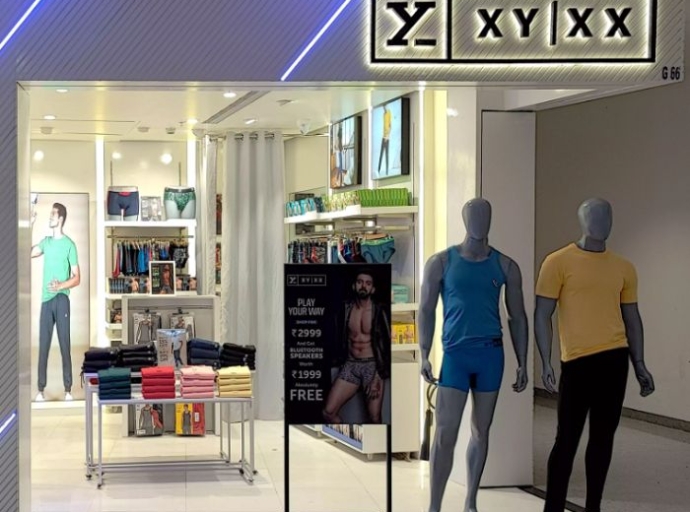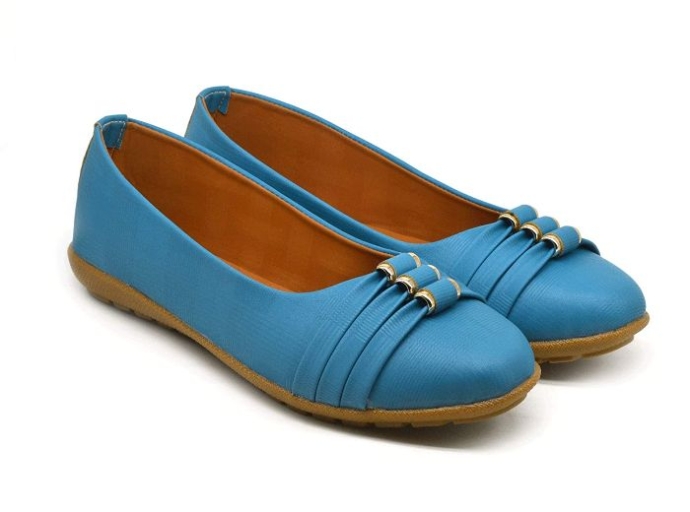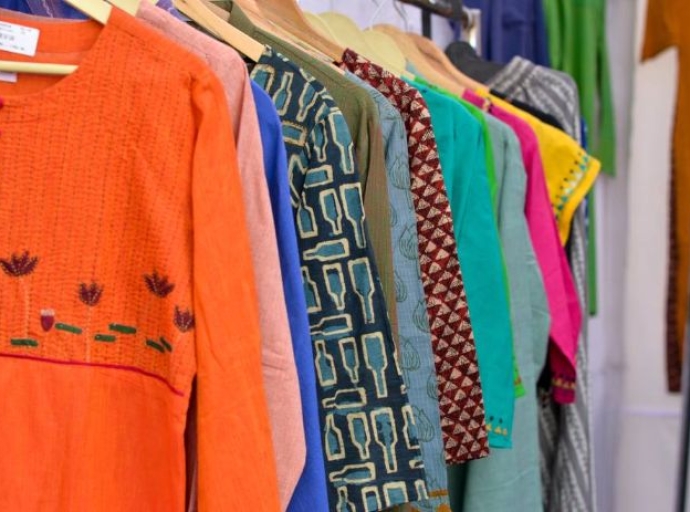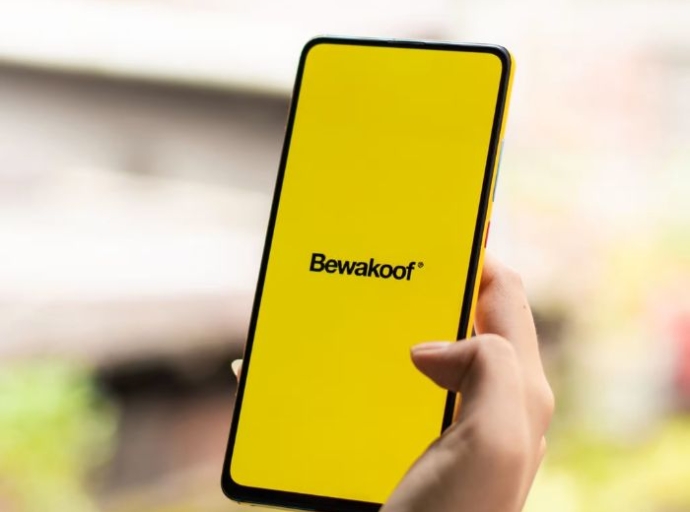23 November 2022, Mumbai:
The 10th Intex India, a premier International Textiles Sourcing Show in South Asia, will be held in New Delhi from December 8 to 10, 2022.
Showcase fabrics, accessories from across the world
To keep accelerating India positive growth story, Intex India will showcase international suppliers from: China, Korea, Thailand, Belarus, Italy, US, Vietnam, Uzbekistan, Sri Lanka, Bangladesh, India and others. Since 2015, Intex India has connected over 35,000 buyers from more than 15 countries to nearly 1,350 textile suppliers and has empowered industry players to explore new business opportunities and expand business globally. This makes Intex India the annual calendar event for South Asia’s textile & apparel industry.
The show fulfils the growing demand for fabrics and accessories for India, one of the biggest apparel manufacturing countries in the world. India’s growing demand have seen imports of man-made staple fibres, yarns & fabrics grow from $837 million in 2021 to $1.03 billion in 2022; imports of knitted fabrics grew from $485 million in 2021 to $673 million in 2022, and the numbers are increasing every year.
Arti Bhagat, Executive Director of Worldex India and organizer of Intex India highlights, “It has been a wonderful journey so far. Since 2015, we have organized nine successful shows across the most relevant South Asian textile markets of Sri Lanka, Bangladesh and now looking forward to the 10th edition in New Delhi, India. As an organizer, we are determined to bring a fresh wave of opportunities for manufacturers and buyers from domestic as well as international markets to connect with each other on this platform.”
On similar lines, Mayank Tiwari, Founder & CEO of ReshaMandi says, “Intex India is South Asia region's leading and most successful international textiles sourcing show. ReshaMandi, as India's first digital platform for the natural fibre supply chain from farm to retail, is proud to be the online sourcing partner for this expo. We invite you to come and explore ReshaMandi's sustainable offerings in yarns, fabrics, apparel, home and living and lifestyle accessories and look forward to seeing you at the 10th Intex India in Delhi from December 8 to 10, 2022."
Major exhibiting categories include fibres, yarns, apparel fabrics, denim fabrics, clothing accessories, dyes & chemicals, software & ERP solutions, design studios, testing equipment & compliance solutions, trends & fashion forecasters, textile allied services, etc.
Interactive and seminar sessions
This year, Intex India would also be organizing the renowned Interactive Business Forum (IBF) Seminar Series and ‘Trendz Now’ – the colour, fabric and fashion forecast showcase alongside Intex India, thus creating a premium and complete B2B international textile trade & sourcing platform.
Intex India is co-organised by the Federation of Indian Chambers of Commerce & Industry (FICCI) under the aegis of the Ministry of Commerce, Government of India and supported by the Ministry of MSME, Government of India.
Intex India is supported by apex chambers from India and across the world including: Confederation of Indian Textile Industry (CITI), Tirupur Exporters Association India (TEA), Retailers Association of India (RAI), PHD Chamber of Commerce and Industry (PHDCCI), the Textile Association (India), Tamil Nadu Fabrics Manufacturers Association (TNFMA), Knitwear & Textile Club Ludhiana (K&T Club), South India Garments Manufacturer & Wholesalers Association of Karnataka (SIGA), Garment Exporters Association of Rajasthan (GEAR), Association of Garment Exporters Sitapura (AGES), Recycle Textile Federation, Korea Textile Center (KTC), Malaysian Knitting Manufacturers Association (MKMA), Thailand Textile Institute (THTI), India-Thai Chamber of Commerce (ITCC) – Thailand, Indian Business Chamber in Vietnam (INCHAM) – Vietnam, Vietnam Cotton And Spinning Association, International Textile Manufacturers Federation (ITMF), Dubai Textile Merchants Association (TEXMAS), Bangladesh Garment Buying House Association (BGBA), Joint Apparel Association forum (JAAF), Sri Lanka Apparel Exporters Association (SLAEA), Sri Lanka Chamber of Garment Exporters (SLCGE), Garment Association Nepal (GAN) and others.
Intex India is the gateway to the dynamic markets of India and South Asia, making it one of the must-attend events in the textile sourcing industry.
Latest Textile News






































